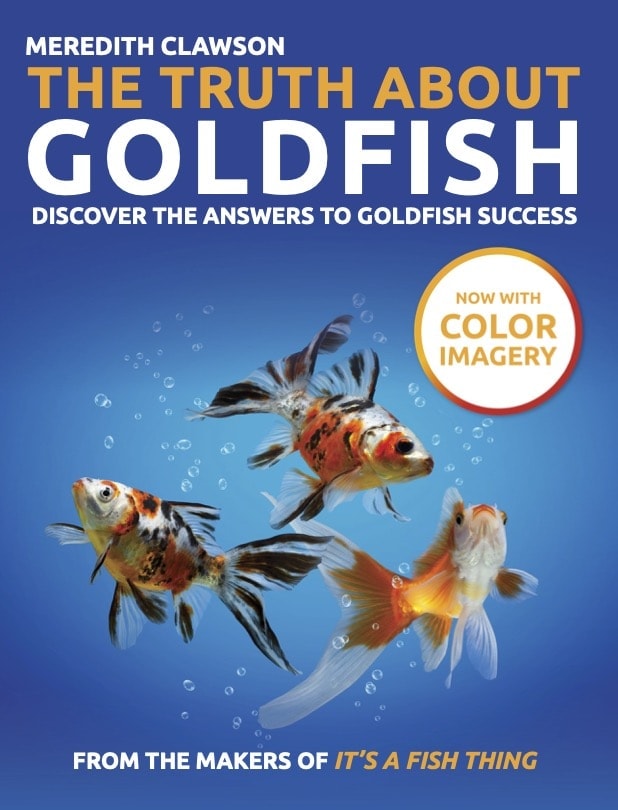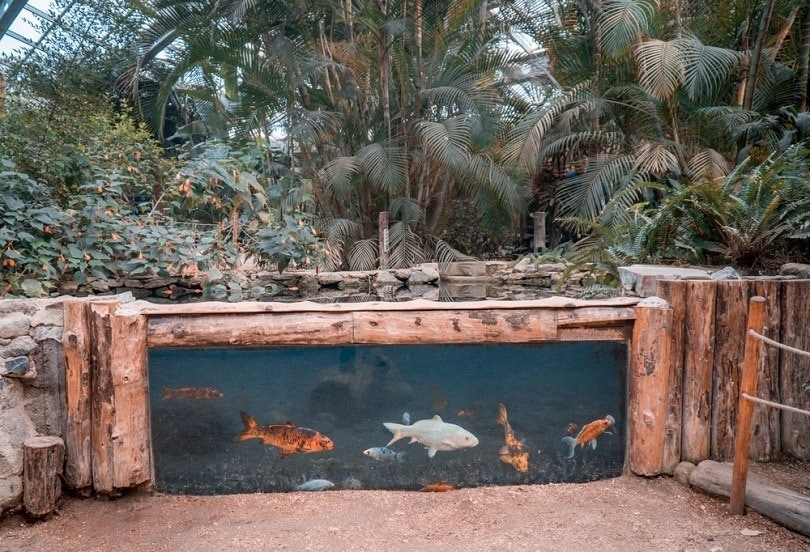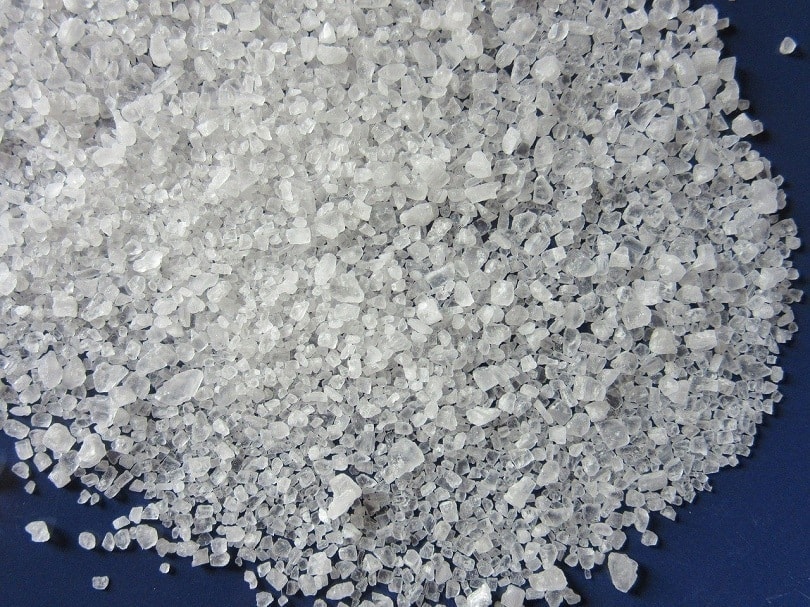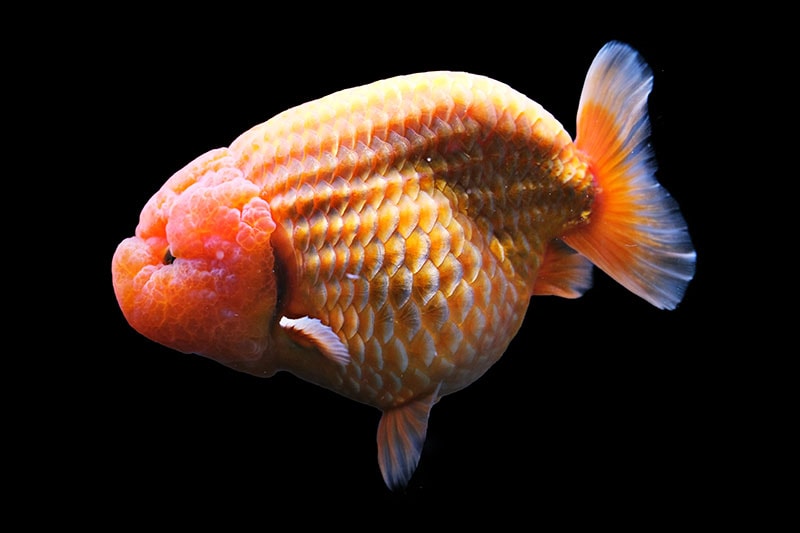7 Mistakes You Don’t Want to Make with Your Goldfish

Updated on
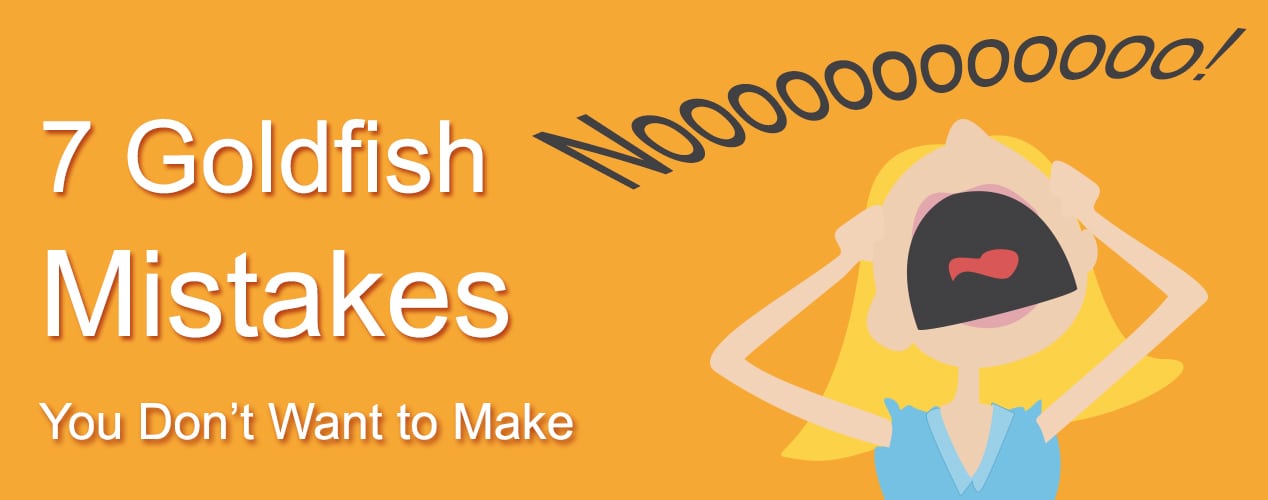
There are 7 very common goldfish mistakes that you’re probably making right now, and they might be causing you some SERIOUS problems. Worst of all, you may even think that these mistakes help your goldfish… even though they halt your fish’s potential to grow and thrive.
But what if I told you that fixing these mistakes only takes a few minutes of work? You’d be pretty psyched, right?
But what ARE these 7 mistakes and how can you fix them? That’s coming right up…
But First, the Key to a Happy Goldfish
If you’re serious about having your pet goldfish, you’re going to have to do your homework first.

After all:
Who REALLY wants to learn by failing over and over again? Remember… knowledge is POWER.
But finding reliable resources in a sea of info can be really hard. Lots of people disagree on how to properly care for your pet. Here’s the good news:
You’re in the right place.
I put together a list of the best books on goldfish keeping as a resource for new and advanced keepers alike to help you avoid making common mistakes and MASTER goldfish keeping. Definitely check them out when you get a minute!
Now, what are some common mistakes people make with goldfish?
So let’s get to them!
The 7 Most Common Goldfish-Keeping Mistakes
1. Using Small Bowls for Homes Improperly
“Goldfish don’t need a big tank. They can live just fine in a cute little bowl.”
Well, sort of. The biggest problem is that they often don’t always have enough oxygen because of such a small surface area without a filter or plants. So the goldfish can end up basically… suffocating to death. Or poisoning itself with its own waste because there’s nothing to take them out.
Yikes.
Toxins can rapidly build up in the water if there’s no filter (which is why every tank needs one) or the bowl isn’t cleaned regularly. And most goldfish aren’t tough enough to stand it (especially the fancy varieties).
So it’s only a matter of time before they die. And the more goldfish there are and the more food they are given, the faster that happens. This gives them a reputation they don’t deserve!
Sometimes the fish may even jump out to escape its living conditions…
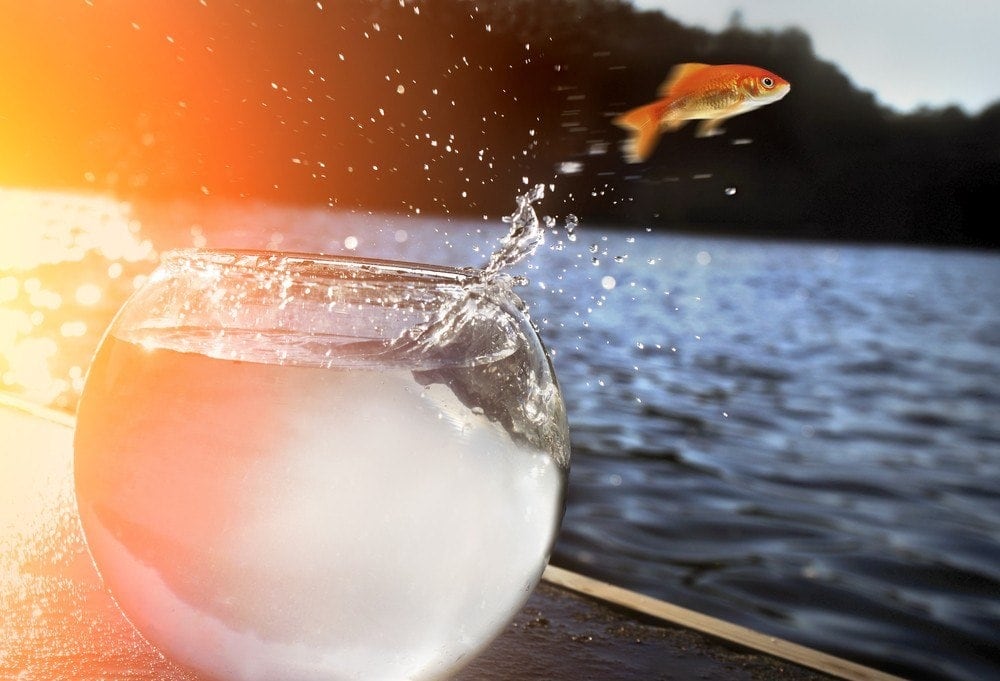
Remember:
Goldfish can live VERY LONG LIVES.
… But only if they are taken care of right. They need you to do that!
While there are the occasional fish that somehow survive being kept in bowls, why not do the best you can to avoid the problems they cause?
Quick fix:
So you’re now horrified that you’re keeping your finned friend in a deadly setup. Here’s what to do:
1. Withhold food. Most goldfish bowls foul up very quickly because way too much food is going in. That can spell death for your pet. Feeding more sparingly can really help.
2. Change the water. If you don’t have a large tank on hand, the best thing you can do meanwhile is change the water EVERY DAY. This will help prevent toxins from building up and keep the oxygen levels good.
3. Get a filter (and ideally plants). Don’t wait another minute if you can help it! A filter will keep down the toxins and keep the water safe.
2. Giving Them Too Much Food
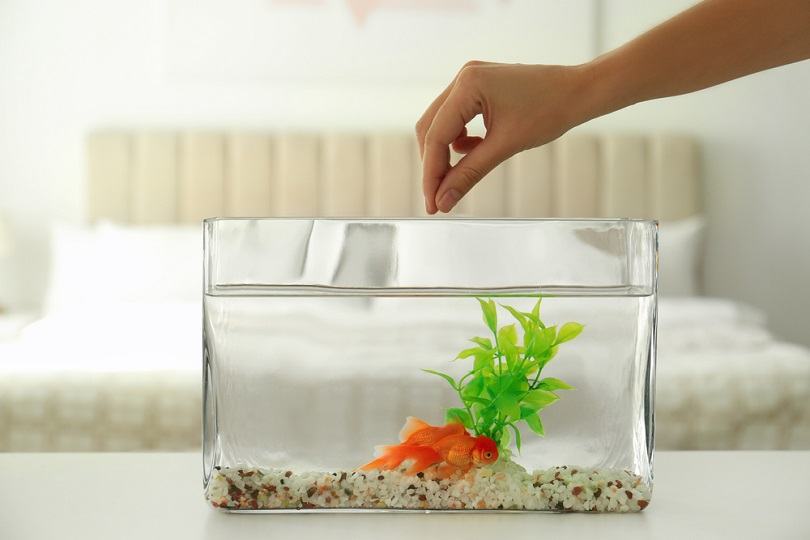
Most goldfish owners absolutely LOVE their pets. To show their love, they use food.
And the more they love them… the more they feed them.
This can amount to quite a bit more food than the fish actually needs.
The results? You’re looking at BIG TIME issues with water quality. The extra goldfish waste overloads the tank, creating a toxic environment.
Not good.
Not only that… but eating so much protein in processed foods damages internal organs as time goes on. This causes all kinds of problems, from swim bladder issues to dropsy.
Many fish die as a result of improper food and/or portion sizes, which can be easily prevented by proper education.
That's why our best-selling book, The Truth About Goldfish, covers exactly what you can and can’t give your goldies when it comes to mealtime. It’s even got a section dedicated to keeping your pet fish alive and well-fed when you go on vacation!
So many problems could be avoided if goldfish only got what they needed—and no more. Feeding your fish is fun. Maybe even the funnest part of having them. But it isn’t in their best interest to overfeed.
That’s why it’s so important to learn how to feed your goldfish the right way.
Quick fixes:
1. Cut back on the processed foods. WAY back. Surprisingly goldfish only need a little bit of this once a day. Don’t worry, they won’t starve. Scaling back may seem weird at first, but remember—it will still meet their nutritional needs.
2. Offer a fibrous supplement. Your goldfish will feel hungry if it can’t “graze” throughout the day like they do in the wild. Fibrous veggies like raw lettuce or spinach leaves can satisfy their cravings without messing up the water quality (or your fish’s digestion).
3. Be determined. Don’t cave in when your goldfish start wiggling around all cute begging for more. Set out how much they can have beforehand and leave it at that – even if someone happens to get more food than another. Ignore them, walk away, and do what you’ve gotta do to resist the urge to grab that food jar! (It’s a tough job, but someone’s gotta do it.)
3. When and How to Clean the Tank
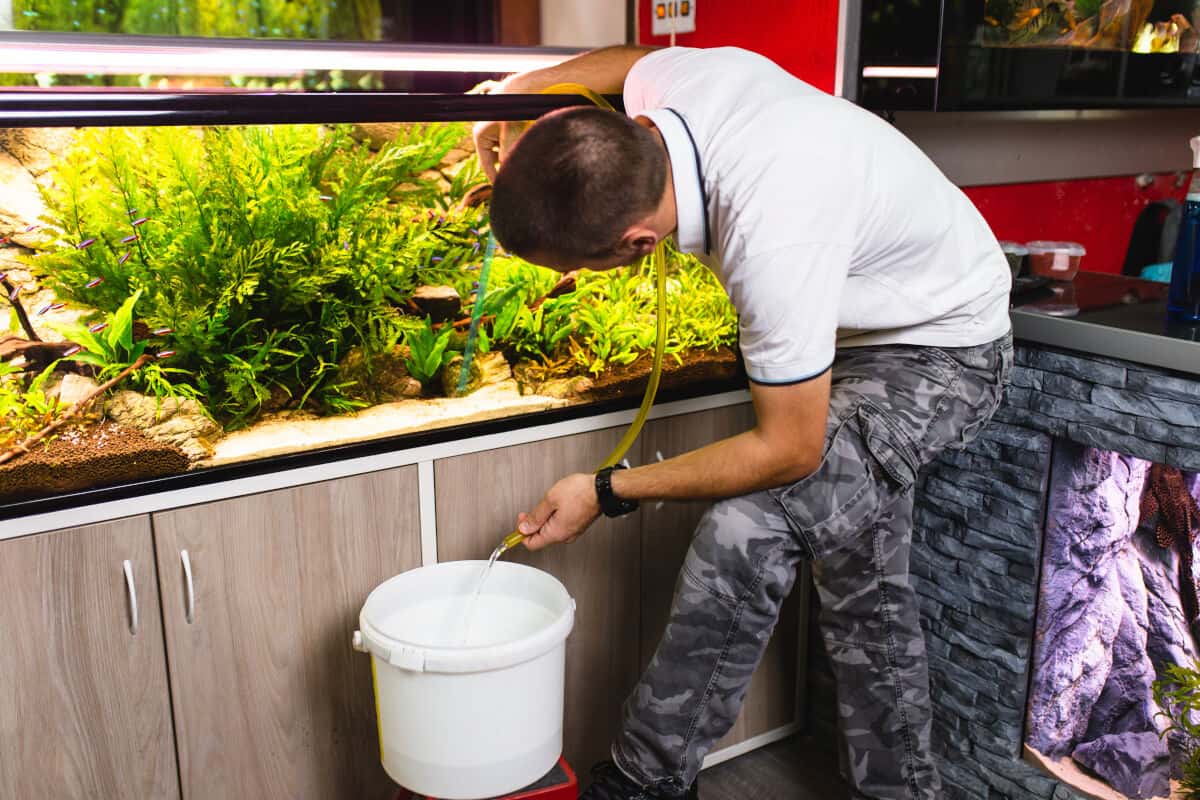
So many goldfish owners only do 25% water changes weekly or even monthly. They think the filter will do all the work for them.
This is a recipe for disaster. So why do they do this?
Way too many goldfish owners have this crazy notion that water changes aren’t that important. Or that too frequent or too large of a water change is somehow a bad thing.
But that can’t be further from the truth! When goldfish keepers run into problems with their fish, 99.9% of the time it has to do with their water changing schedule. Bad water is the biggest killer of goldfish worldwide.
Not disease…BAD WATER!
Goldfish are constantly excreting a deadly substance called ammonia into the water around them. It will build up until it kills the fish unless the water is cleaned. Filtration can only get you so far!
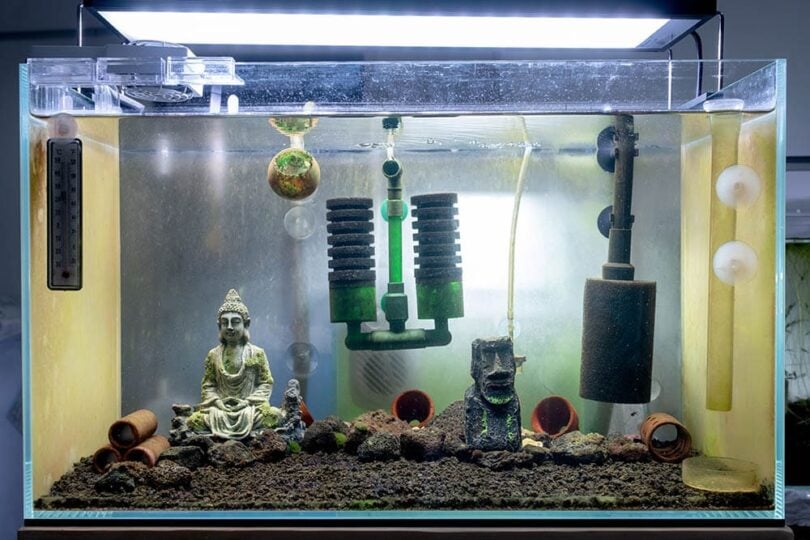
When it comes down to it, only removing and replacing water ensures your fish’s survival. You can never give your goldfish too much fresh, clean water. If you could or want to do 90% water changes every day, I have three words for you:
GO FOR IT!
But if you can’t, at least do that amount weekly (or biweekly). This is what they need to prevent things from spiraling downward out of control in the aquarium. Is this news to you?
How should you take action?
Quick fix:
1. Get a siphon. If your tank is 20 gallons or larger, you won’t want to be hauling buckets to do the job. Invest in a special aquarium hose called the “Python” that reaches from your tank to the sink.
2. Drain & refill the tank. Use your siphon to suck out the nasty debris at the bottom of the tank. Take out 90% of the water and then use treated tap/well water to fill it back up again.
3. Repeat as often as possible. Remember – at least every week! (More really is better.) If you don’t believe me, just read more about it in this article on water changes.
4. Reaching for the Medicine Cabinet Before the Siphon
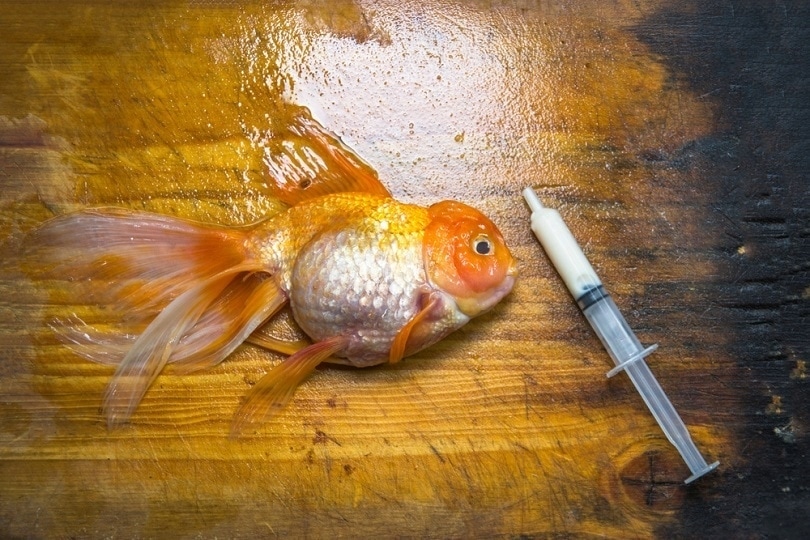
This is a REALLY BAD mistake. So many times a goldfish owner realizes that their fish isn’t well. Maybe it has bloody streaks in the fins, sits on the bottom, refuses to eat, has ragged fins…
Or gulps at the surface of the water.
What do they assume? “My fish has a TERRIBLE DISEASE!” So they rush to the pet store and bust out the medications. The fish room turns into a pharmacy and the tank ends up caught in the middle of what looks like a science experiment.
As we covered earlier: I can just about guarantee that your fish’s “illness” is not an illness at all.
Your water is in bad shape!
But the fish owner doesn’t bother to test or change it so they start dumping in store-bought meds. Those harsh chemicals push the water parameters to the point of no return! It ends up being the nail in the coffin for Bubbles.
So what do you do if you notice your goldfish isn’t its normal self?
Quick fix:
1. Test the water! Reach for your trusty test kit first, not a bottle of medication. Pay extra close attention to ammonia, nitrite, and pH (though nitrate is important) to find out if something is off.
2. Change the water. I don’t care if the test came out fine—you can never do too many water changes. Usually, several large water changes on a daily basis can bring your fish back to its old self.
3. Cut back on food. As I explained, too much food causes a lot of problems (and it’s easy to overfeed). It won’t hurt your fish to go without a meal until things are back to normal.
5. Mixing Goldfish with Other Fish
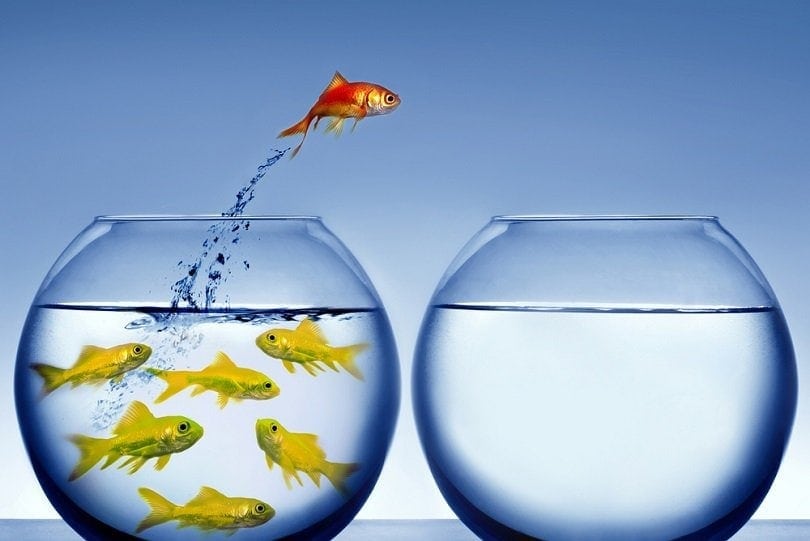
People who love goldfish often love other kinds of fish too (especially tropical varieties). They think:
“Let’s put them all together! After all, they are both freshwater fish!”
Here’s the bad news: There are actually several issues caused by mixing species.
The biggest one is compatibility. See, a goldfish eats any fish that fits in its mouth. This leads to the “one-day-they’re-here, next-day-they’re-gone” scenario when you look in the tank (especially the older and bigger the goldfish gets). But tropical fish aren’t innocent either!
They like to nibble on a goldfish’s tasty slime coat. Algae eaters will actually stick themselves onto the side of the goldfish to eat them alive! This causes injury and stress. If you think algae is unsightly, you can try adding Mystery Snails (which won’t ruin your plants and make great companions for goldfish!) or scrubbing it off by hand.
What can you do so you won’t be guilty of this goldfish mistake?
Quick Fixes:
1. Resist temptation. Not getting the fish in the first place will save you the hassle of having to re-home them when things don’t work out. Yeah, I know it’s not easy.
2. Get another tank. If you just HAVE to have other kinds of fish, you can always consider getting another tank exclusively for them. That way there won’t be any issues to deal with.
3. Say goodbye. If you didn’t and can’t do the two solutions above, please consider taking your tropical fish back where you bought them from or finding someone who will appreciate them in their own tropical aquarium.
6. Not Cycling the Tank First
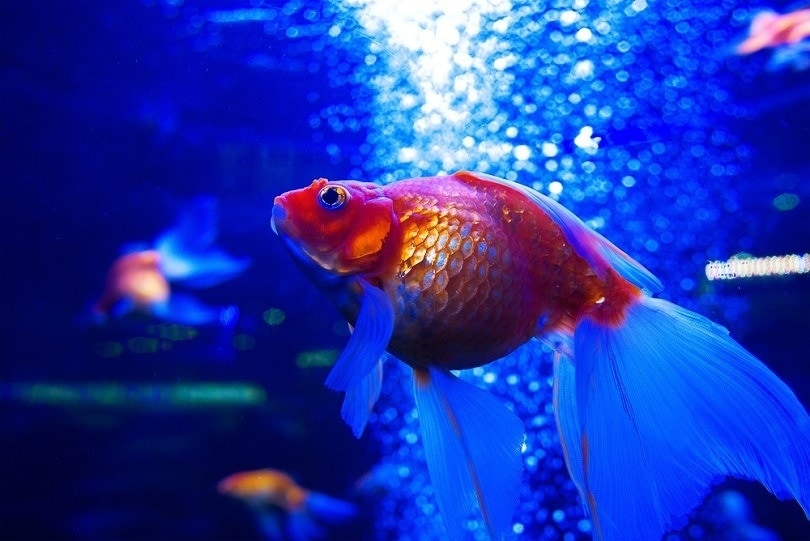
Many first-time goldfish owners buy a fish, bring it home and plop it in a brand new tank. Then they don’t change the water for a while.
But within a short time, their goldfish is dangerously sick…
… Or dies without warning.
What happened? It’s something called “New Tank Syndrome.” I’ll explain:
Goldfish produce waste, which quickly pollutes the water. Ordinarily, beneficial bacteria in the tank would break this down. But a tank that has only been set up for a few hours or even days does not have that beneficial bacteria.
Cycling the tank (a process that takes weeks) builds up that colony before any fish are added. Without that colony (or water changes to remove the waste)…
… Total DISASTER awaits!
Quick fixes:
1. Cycle the tank first. Okay, maybe this isn’t technically a “quick” fix. But it is definitely worth considering if you know ahead of time you are planning on getting a goldfish.
2. Do water changes. If the deed’s been done and it’s too late to turn back the clock, you’re going to have to make up for your missing bacteria with huge daily water changes.
3. Reduce feeding. You don’t want to work against yourself by cleaning the tank just to foul it up again with messy foods.
7. Overcrowding the Tank

Everyone needs their elbow room! Goldfish are no exception. In fact, proper space is VERY important to maintaining a healthy tank. But so many goldfish keepers tend to buy fish after fish despite having limited space.
Now, why is that so bad?
See, the more goldfish you have, the faster the water gets polluted. This makes it extremely difficult (if not impossible) to maintain good water quality. And just like people, crowded conditions can make goldfish start having problems getting along with each other.
Quick Fixes:
1. Drive past the pet store. For the good of the fish you already have, sometimes it’s best to just determine not to get any more.
2. Get a bigger tank. So you want a booming goldfish community? Go for a tank (or pond) large enough to accommodate them.
The Best Private Goldfish Group on Facebook
The Pure Goldfish Community on Facebook was started a few years back so we could all band together and share tips on husbandry practices. If you want to know how to avoid making dangerous errors with your finned friends, this is the place to be… hands-down.
Our awesome members share tips and help everyone out. You don’t have to be a goldfish guru to join—we’ve got people from all walks of life and all levels of experience.
See Also:
What Do You Think?
Are there any mistakes you’ve made—and corrected—that have made a world of difference in your goldfish-keeping experience? Or are there any mistakes you keep making that you haven’t been able to fix?
Then drop your comment below.
And if you want to avoid all of the other deadly mistakes most goldfish owners make, you REALLY need to take a look at The Truth About Goldfish eBook written by us. We know you’ll love it.

